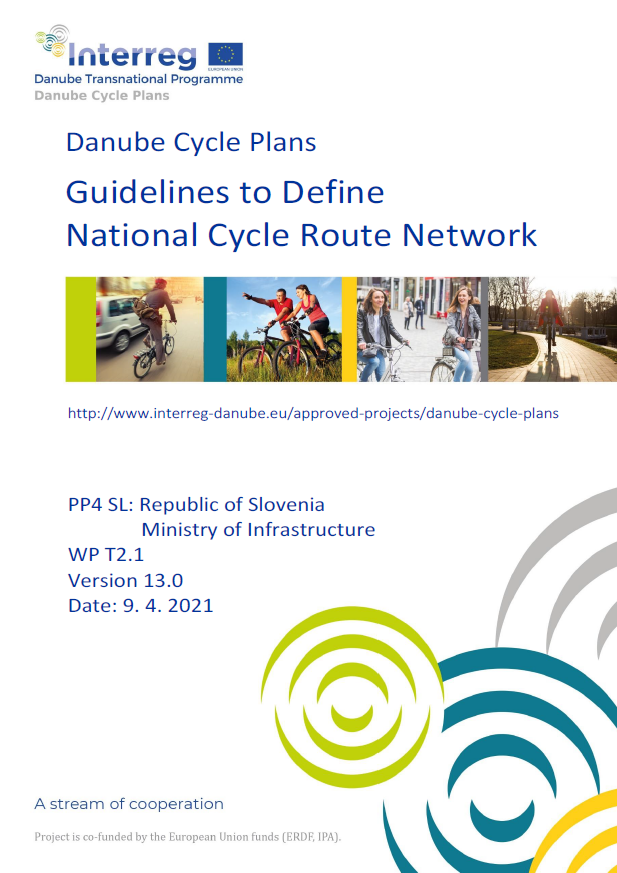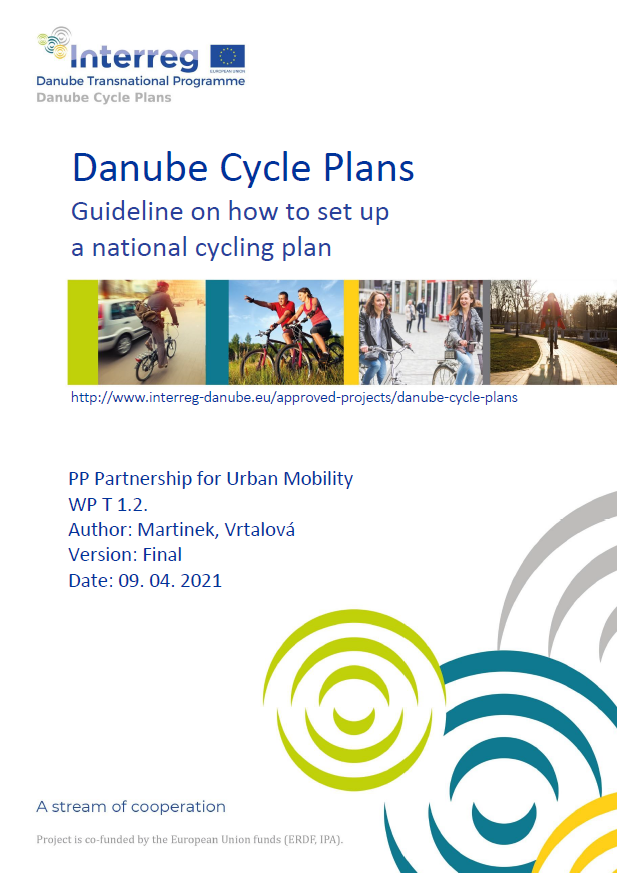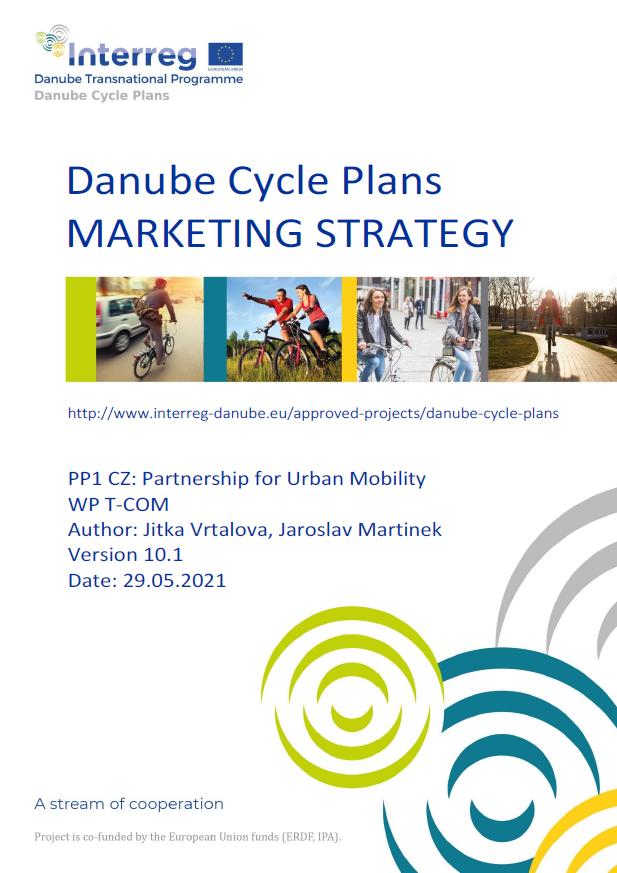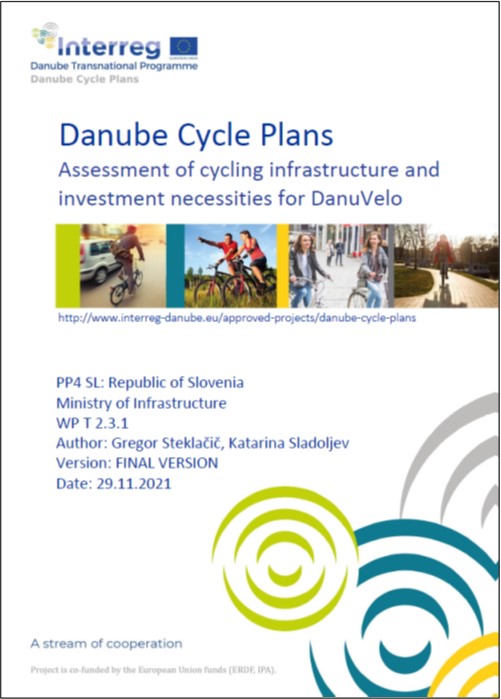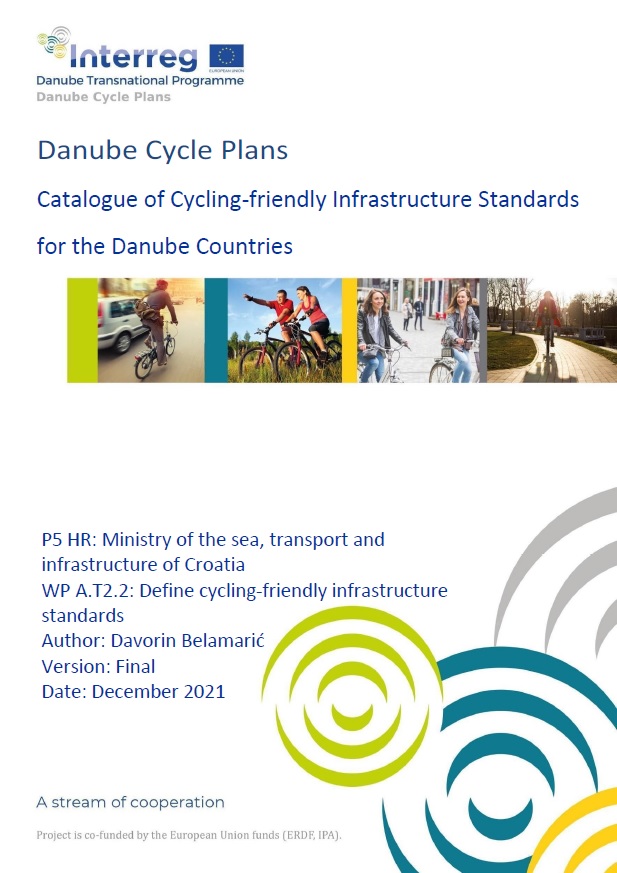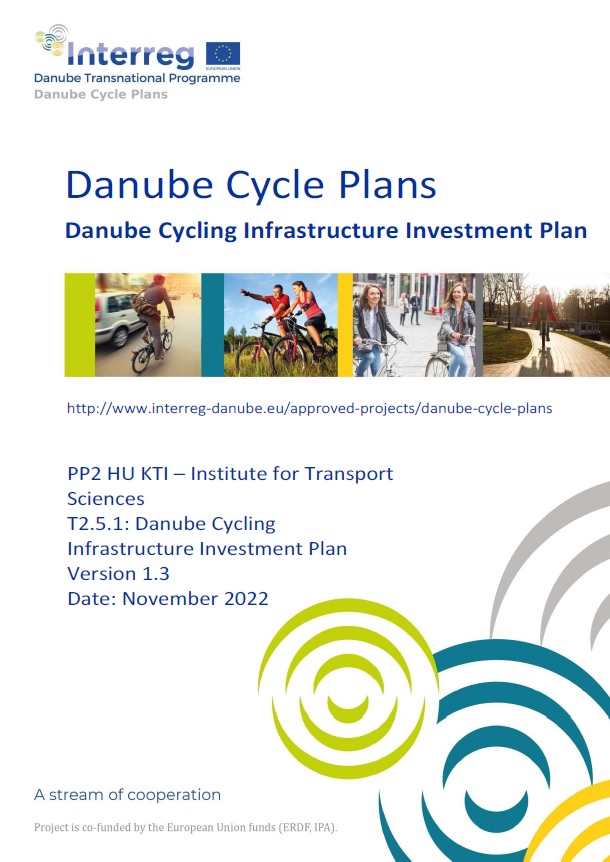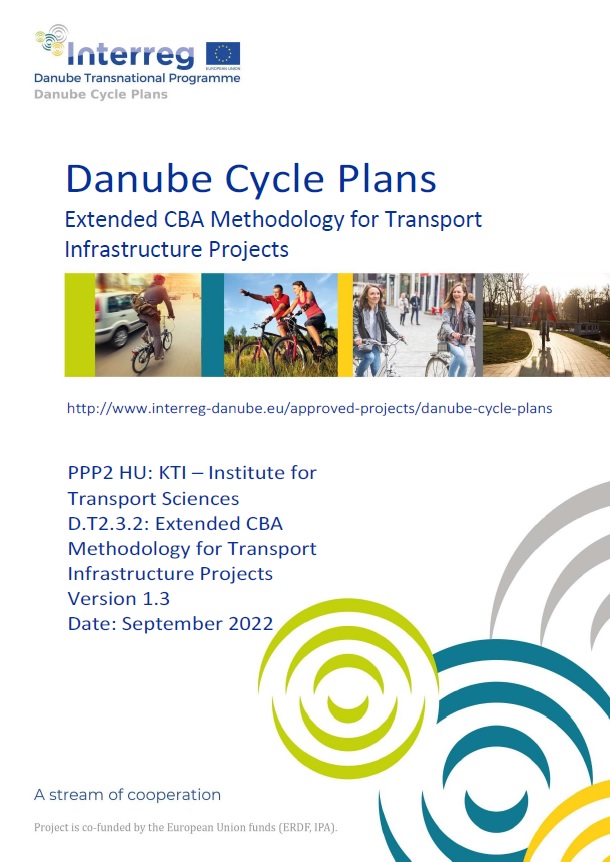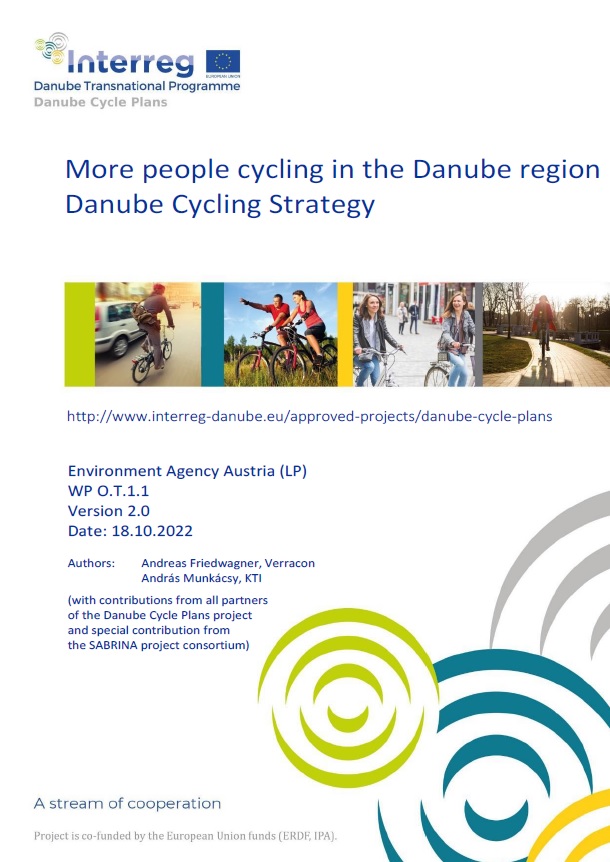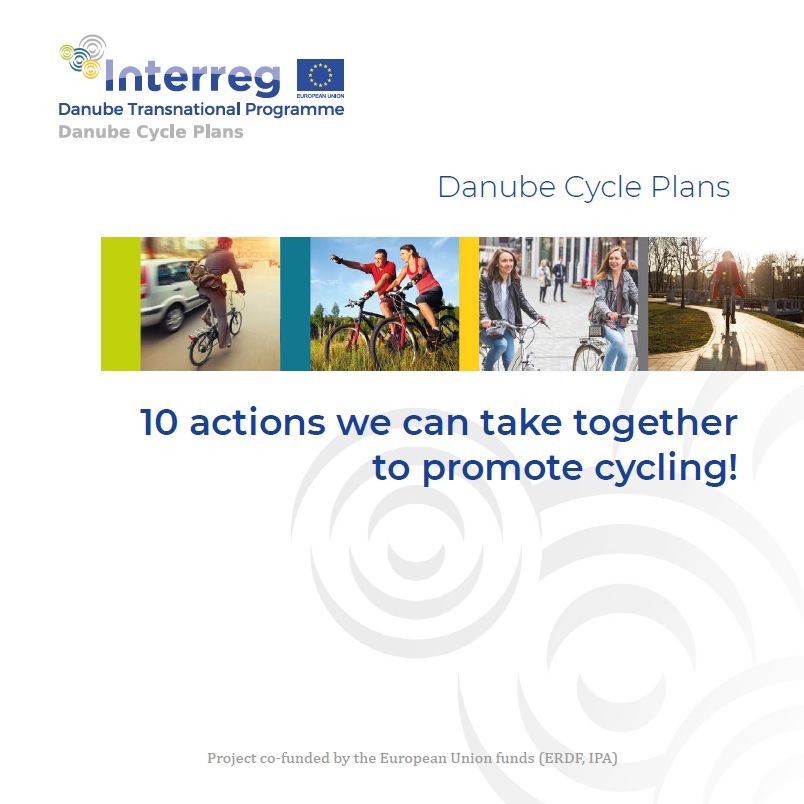Danube Cycle Plans Policies, plans and promotion for more people cycling in the Danube region
Outputs, methodologies and guidelines
The following links present important methodologies and other materials which are results of Danube Cycle Plans Project:
|
||||||||
|
||||||||
|
||||||||
|
||||||||
|
||||||||
|
||||||||
|
||||||||
|
||||||||
|
||||||||
